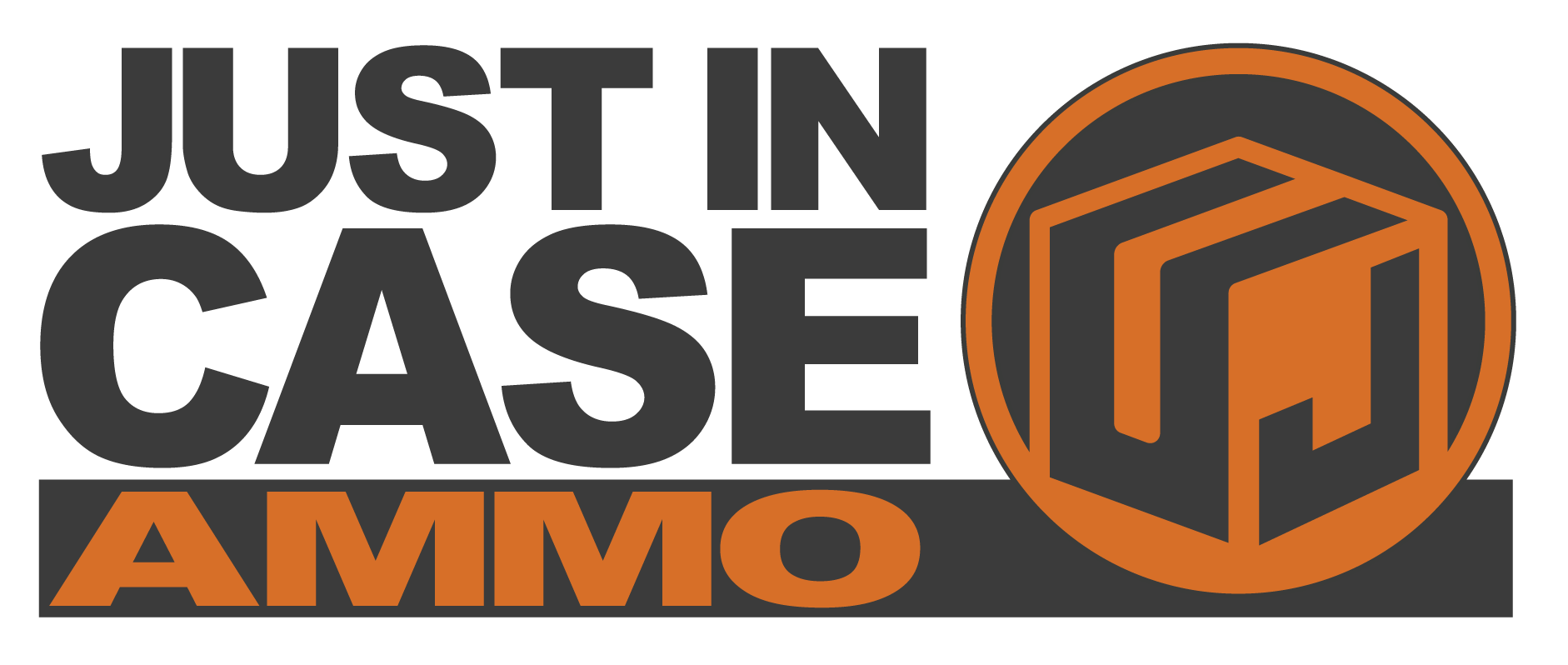How to figure out the effective range of your home defense shotgun
The shotgun is a popular home defense firearm. To be used effectively in that role, the person wielding it needs to understand its effective range and limitations.
You don’t want to use your home defense shotgun in a manner that might endanger innocent bystanders or family members.
But at the same time, you would also like to ensure that your defensive shotgun is effective.
To do this you need to understand how shotguns work and how the ammunition you’ve chosen works in your shotgun.
When shot is expelled from the barrel of a shotgun, the initial diameter of the shot column is equal to the diameter of the shotgun’s barrel.
As the distance between the muzzle of the shotgun and the shot payload increases, so too does the diameter or pattern of the shot column.
Like water leaving the spray nozzle of a high-pressure hose, the farther the shot gets from the muzzle the wider its pattern will be.
For defensive shotgun purposes, the size of the pattern at distance is categorized in zones: A-zone, B-zone, and C-zone.
A-Zone Pattern
A shotgun’s A-zone will be from the shotgun’s muzzle out to the distance where the shot starts to form a recognizable pattern where each pellet is entering a different hole.
Depending on the shotgun and the load, this distance can be anywhere from three to seven yards.
At an A-Zone distance you should be able to cover all the holes in the target with the palm of your hand.
A shotgun’s A-zone is the most devastating because the shot has the potential to create the wickedest wounds.
B-Zone Distances
A shotgun’s B-zone distance will be from the farthest extent of the A-zone distance to the maximum range where the full extent of the pattern will be contained within the target.
Within a shotgun’s B-zone, every pellet contained in the shot shell will impact your target, patterning no larger than about 15 inches.
For the defensive shotgun, the outer limits of this B-zone distance is its maximum practical range.
Generally, the B-zone ranges from about five to 17 yards. However, some loads, particularly the loads from Federal with the Flite Control Wad, will extend the B-zone further.


C-Zone Definition
A shotgun’s C-zone range is any distance beyond the outer limit of the B-zone range.
At these distances some of the pellets from each shot will miss the target and increase the potential of hitting a bystander or possibly passing through an interior wall and injuring a family member.
C-zone shots with a shotgun should only be taken if you know there’s no potential for collateral damage beyond the threat.
When a human threat is considered, shotgun C-zones typically start at about 17 yards, depending on the gun and load used.
Shot Size Selection
Contrary to popular belief, bird shot can be extremely effective in a defensive shotgun, especially inside the A-zone.
At those distances it’s just as lethal and maybe even more so than buckshot. As the distance increases into the B-zone, buck shot is more lethal because it penetrates so much deeper.
However, as far as stopping a threat, birdshot can still be effective inside the B-zone.
A 12-gauge shot shell can contain more than 300 #7 birdshot pellets as compared to only nine 00 buckshot pellets; spread out over a six to 16-inch area, 300 pellets offer a high likelihood of incapacitation.
Self Defense vs. Hunting
For hunting, these zones are a bit different because hunters are not concerned with innocent bystanders or family members on the other side of the target.
Also, with a hunting shotgun a pattern extending beyond the size of the animal can increase the potential for hits and kills.
This is especially true when shooting at upland game and waterfowl. The same would apply to running game like rabbits and squirrels.
Summary / Saved Rounds
If you’re relying on a shotgun for home defense it’s imperative that you determine your actual A-, B-, and C-zone ranges.
These ranges can vary significantly based on your shotgun and the load you’re using. Your situation matters too.
In a small apartment, the A- and B-zone performance of just about any load might be sufficient.
But if you live in a large house with a yard, these zones become much more important.






